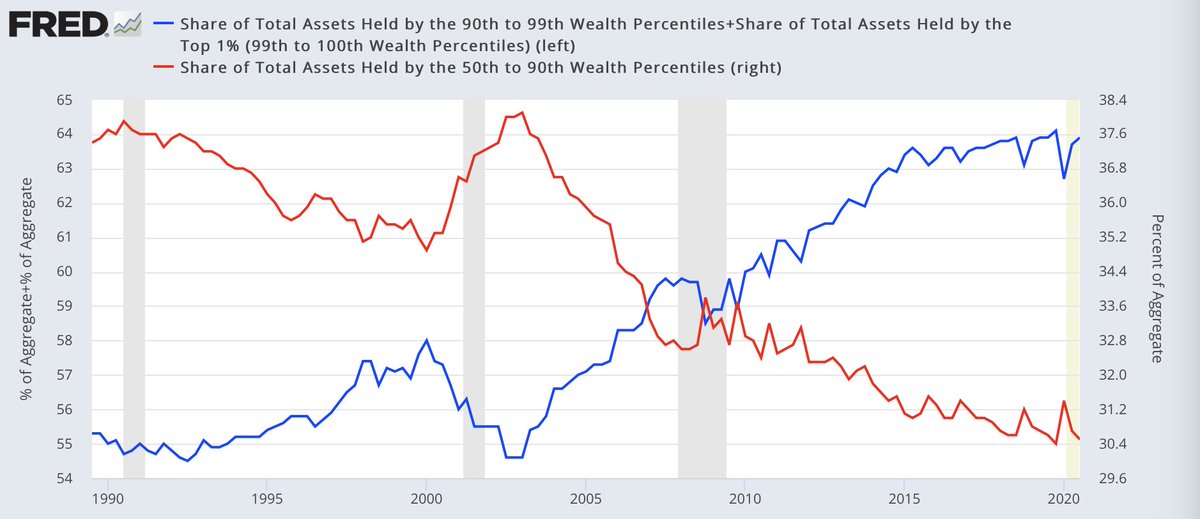ANTARVEDI LAKSHMI NARASIMHA SWAMY, EAST GODAVARI DIST.(AP)
Located where Vasistha Godavari joins Bay of Bengal.
Present structure was built by Kapanati Krishnamma of Agnikula Kshatriya clan in 1823.
It is one of the oldest among 32 Narasimha Kshetras in AP.
@LostTemple7
Legend says that here Maharishi Vasishta prayed to Narasimha to end the demon Rakta Vilochana.
Narasimha created Maha Maya, also called Ashwaroodambika or Gurralakka to suck his blood as he got a boon from Brahma that blood falling from his body would produce another demon.
After his death, the stream of blood was let out by Maya to form a pond called Rakta Kulya.
Narasimha,then,washed Sudarshan Chakra at a place called Chakra Tirtha.
Brahma is said to have performed Yagna and installed Shiva Linga here. Hence the place was called Antarvedi.
Later Sri Rama prayed here and Arjun also visited here.
Panchamrita Abhishekam is done every day.
One can have Nijarupa Darshanam (main murti without any decorative shield) between 6.00 a.m. and 8.00 a.m.
Anna Prasadam is very famous and distributed daily from 10:30 to 2 pm.
